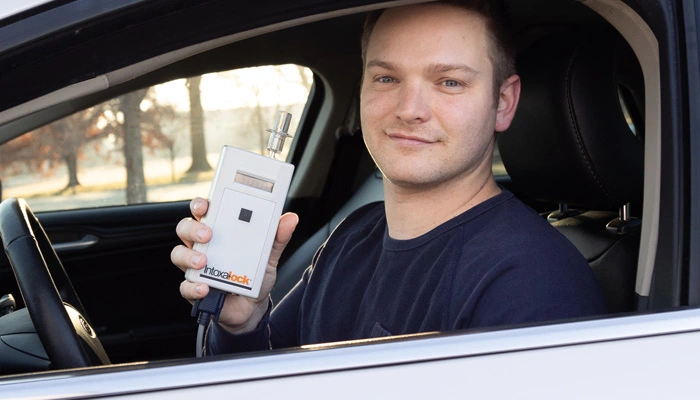National Teen Driver Safety Week: Teaching teens safe driving habits
Originally posted 10/16/2018; updated on on 9/18/2019
One of the most exciting things teenagers look forward to is getting their driver’s license. This milestone gives teens freedom they didn’t previously have.
However, learning to drive safely and responsibly can be challenging for some teen drivers. October 20–26 is National Teen Driver Safety week, an observance dedicated to talking to kids about safe driving practices.
Why is this important?
Check out these shocking statistics:
- Motor vehicle crashes are the leading cause of death for teens ages 15–18 in the
United States. - In 2017, 2,247 teen drivers were killed in crashes involving a teen driver, 775 of these fatalities were the teen driver themselves.
- Dialing a phone number while driving increases a teen driver’s risk of accident six times.
- Texting while driving increases a teen driver’s risk of accident 23 times, and is banned in many states.
- In 2017, 15% of teen drivers involved in a fatal crash had been drinking.
National Teen Driver Safety Week sheds light on these facts and is meant to start an ongoing conversation about safe driving so that teens can consistently integrate safe driving practices into their daily habits. Focus on the following tips with your teen drivers:
Don’t drink and drive
Talk to your teens about drunk and drugged driving, showing them statistics about drinking and driving. Ensure they know the law and their consequences if they should choose to drink and drive, and why they should never accept a ride from someone who has been drinking.
If your teen has an issue with alcohol, consider installing a voluntary ignition interlock device so they won’t be able to get behind the wheel if their breath alcohol concentration is above the legal limit.
Wear a seat belt
Lead by example and buckle up every time you’re in the car. When you ingrain seat belt wearing into your children’s habits, they’re more likely to strap in every time they get in the vehicle. Statistics show that more than half of teen drivers who were killed in car crashes in 2013 weren’t wearing a seat belt.
Ditch the phone
Texting while driving is one of the most dangerous forms of distracted driving. In fact, teenage drivers are four times more likely than adults to get in a car accident when they are driving (or talking) on the phone. Even though teens acknowledge that texting and driving is dangerous, 94 percent of them still do it. Talk to your kids about how texting affects their driving ability, enable driving mode on their phones, install apps to shut down texting capabilities while driving (try Text Limit) and set consequences if they still text and drive.
Drowsy driving is distracted driving
With school, work, social life and activities, teens can sometimes have a difficult time getting enough sleep. Teach your kids that being tired affects their driving — it can be just as dangerous as driving while impaired. For more information about installing an Intoxalock ignition interlock device, call our state specialists at 833-623-0200.
For more resources on teen driving, visit the National Highway Traffic Safety Administration.




